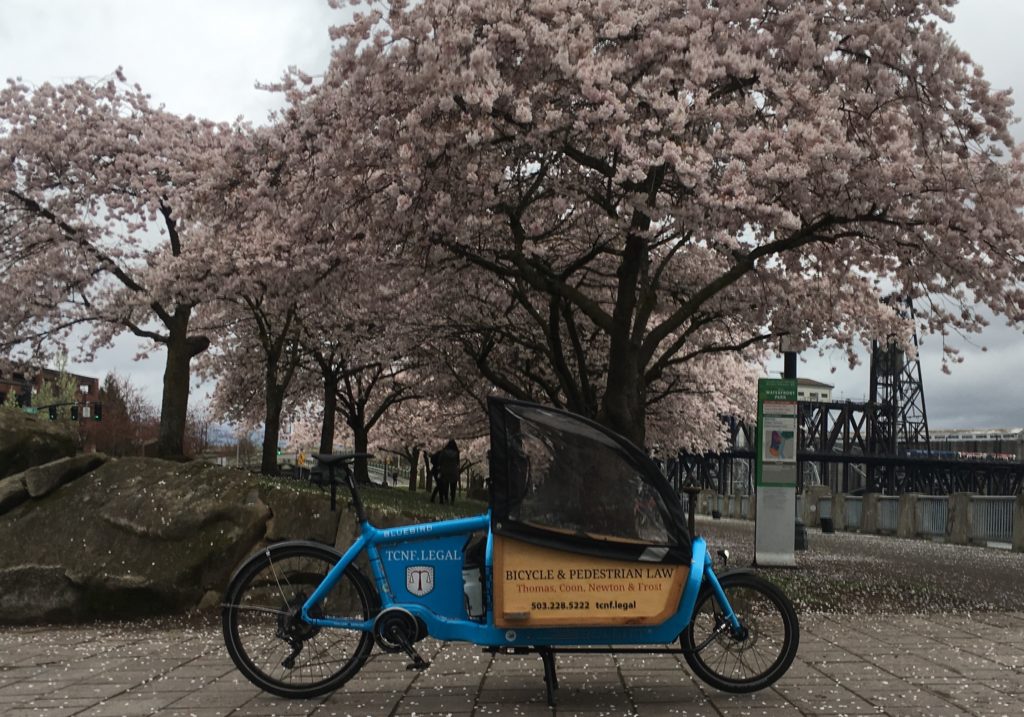The Oregon legislature passed “The Electric Bicycle Bill” (HB 2602) in 1997. It’s now ORS 801.258. The law was proposed by industry representatives to provide legal separation from mopeds which is the legal designation electric bicycles would have been included in without a law change. Oregon’s moped law required motor vehicle registration, insurance coverage, helmets and use of daytime running lights. The electric bicycle industry representatives who testified at the House Transportation Committee hearing on the bill on March 14, 1997 said then existing moped laws would cause “needless smothering of a brand new industry” when applied to electric bicycles.
Witnesses testified that HB 2602 was based on a California law which was the nation’s first law to create a separate legal category for electric bicycles. In 1997 there were laws similar to HB 2602 being proposed in Washington, Minnesota, Florida, New York and Georgia by industry representatives anxious to create a more hospitable legal environment for their products.
The proposal did not allow riding on sidewalks and there was no real discussion about whether this was a good idea or not. No one mentioned riding on trails or beaches and only bike lanes and bike paths were mentioned as places to ride.
The e-bikes brought to the hearing in Salem used lead acid batteries, a friction-on-tire drive system and had a very limited range so that it was necessary to pedal at all times and use the electric assist only as an accessory to regular pedaling.
The e-bike market was described as “expanding rapidly” from a total U.S. market of 1000 unit sales in 1995 to 3000 units sold in 1996 — tiny numbers compared to Velosurance’s estimate of 350,000 units sold nationwide in 2015 .
When legislators asked how far the e-bike would go on a single charge, they were told that a rider “would not get very far” without pedaling, but with pedaling a rider could nurse up to 25 miles out of a battery charge. Neither ODOT representatives nor the Oregon State Police opposed the legislation and ODOT testified that the State of Oregon had no interest in registering or licensing the vehicles even if it meant that e-bikes would not be paying any fee for operation in the state. ODOT’s Bicycle and Pedestrian Program Manager Peter Ronkin submitted written testimony that “ODOT sees the electric assisted bicycle as one choice to increase transportation options for Oregonians…” that “furthers the goal of a multi-modal transportation system.”
When the legislators asked about the e-bike’s top speed, they were informed that existing models would go about 15-18mph with a rider so that HB 2602’s 20 mph maximum speed would not restrict use. There was no mention made of the 1000 watt power output limit (one that remains in ORS 801.258) and one suspects it too is a historic vestige of the early battery power limits of three decades ago. Both of these limitations may merit reconsideration and modernizing in light of current technology.
For more about Oregon e-bike law, see our comprehensive guide here.

